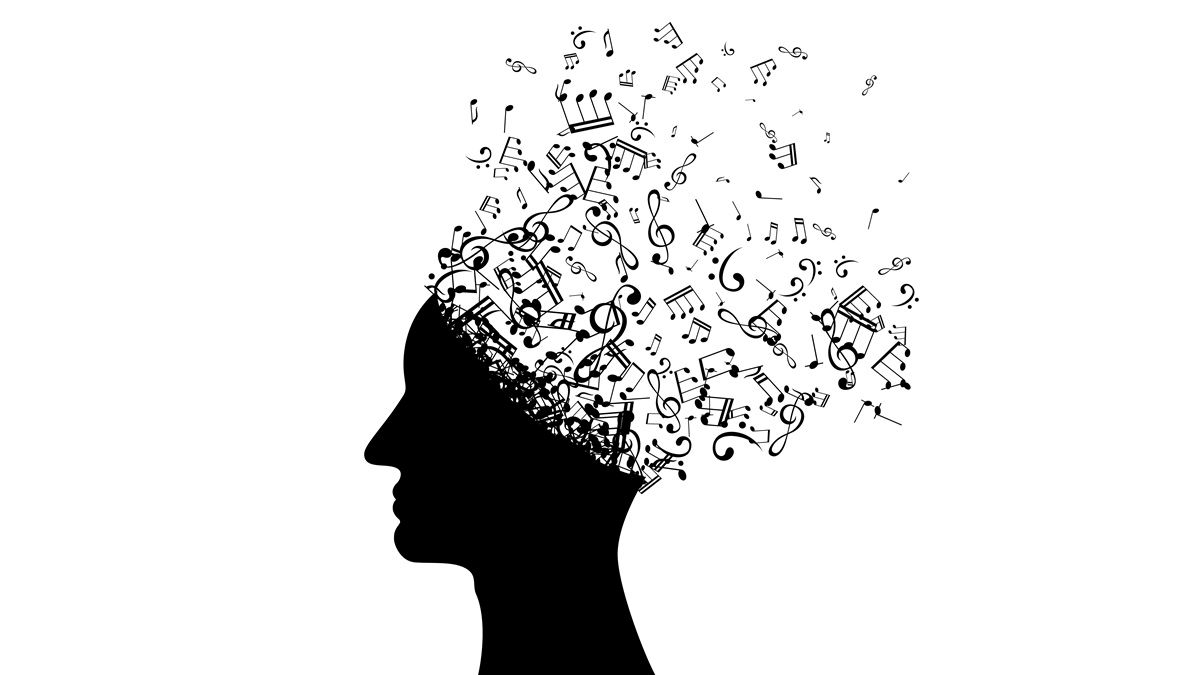Classical music can improve the mood of people with treatment-resistant depression because of the way it synchronises 2 parts of the brain, according to new research.
The study, done by Chinese researchers, is published in Cell Reports.
“Our research integrates the fields of neuroscience, psychiatry, and neurosurgery, providing a foundation for any research targeting the interaction between music and emotion,” says senior author Professor Bomin Sun, director and of the Center for Functional Neurosurgery at Shanghai Jiao Tong University, China.
“Ultimately, we hope to translate our research findings into clinical practice, developing convenient and effective music therapy tools and applications.”
The researchers recruited 23 patients with treatment-resistant depression, all of whom had received deep-brain stimulation treatment and so had electrodes implanted in their brains. These implants are placed in the “BNST-NAc circuit” of the brain – a part of the forebrain that connects the bed nucleus of the stria terminalis (BNST) and the nucleus accumbens (NAc).
The researchers used these electrodes, alongside electroencephalograms (EEGs), to monitor patients’ brain signals while they listened to Western classical music.
The team chose Western classical music because their participants were mostly unfamiliar with it, which they said would lower the chance that subjective familiarity had an effect. Pieces included compositions by Beethoven, Tchaikovsky, Bach, Mozart and Vivaldi.
They found that while listening to the music, neural oscillations between the auditory cortex, which processes sound and other sensory information, and the rewards circuit, which processes emotions, were synchronised.
“The BNST-NAc circuit, sometimes referred to as part of the ‘extended amygdala,’ underscores the close relationship between this circuit and the amygdala, a central structure in emotional information processing,” says Sun.
“This study reveals that music induces triple-time locking of neural oscillations in the cortical-BNST-NAc circuit through auditory synchronisation.”
This synchronisation activated an antidepressant response in the patients. Patients who enjoyed the music more had more improvement of depressive systems.
Interestingly, the mood of the music – a sadder or happier piece – did not influence patients’ symptoms.
“We concluded that the music choices during the formal listening process were individualized and unrelated to the music’s emotional background,” says Sun.
The researchers are planning to study music and brain structure further, as well as investigate other sensory experiences to combine with music.
“By collaborating with clinicians, music therapists, computer scientists, and engineers, we plan to develop a series of digital health products based on music therapy, such as smartphone applications and wearable devices,” says Sun.
“These products will integrate personalised music recommendations, real-time emotional monitoring and feedback, and virtual-reality multi-sensory experiences to provide convenient and effective self-help tools for managing emotions and improving symptoms in daily life.”
If you or anyone you know needs support, you can contact: Lifeline 13 11 14 Beyond Blue 1300 22 46 36 Kids Helpline 1800 551 800 Headspace 1800 650 890 (in Australia).












/https://tf-cmsv2-smithsonianmag-media.s3.amazonaws.com/filer_public/34/31/3431771d-41e2-4f97-aed2-c5f1df5295da/gettyimages-1441066266_web.jpg)






Discussion about this post